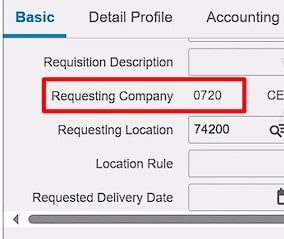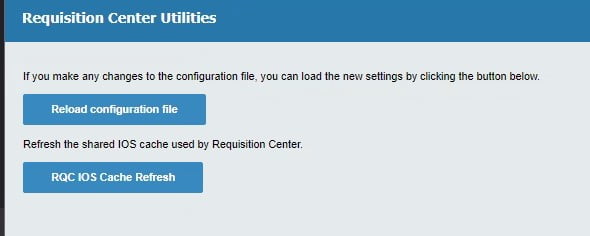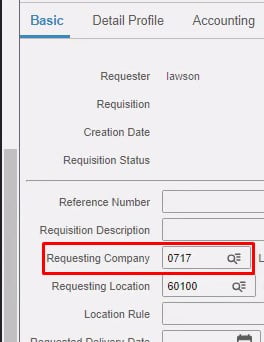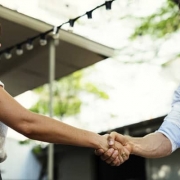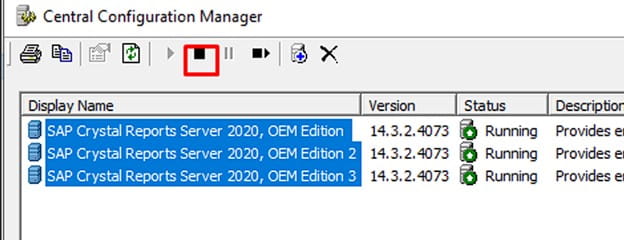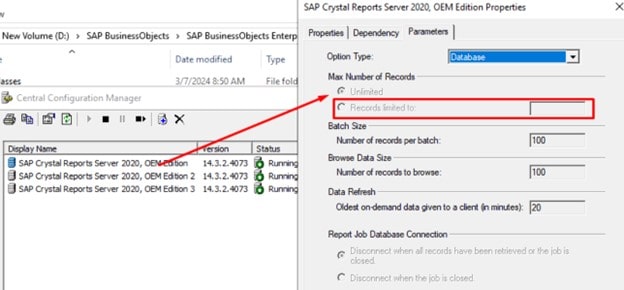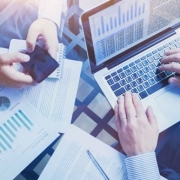As the new year approaches, enterprise IT is confronted with the challenge of low automation levels within its own functions. Anticipating changes in 2025, the focus will shift towards five key trends in enterprise automation and technology, according to Forbes Council Member and Chief Product Officer of Redwood Software Charles Crouchman.
- AI as an Assistant: Instead of replacing human workers, AI will enhance IT systems and management. Enterprises will focus on specific business challenges rather than broad applications of AI, emphasizing the optimization of existing technologies.
- Empowering Non-Experts: The automation process will increasingly involve “citizen developers” — business users who understand the practical aspects of their work. They will drive the setup and monitoring of AI functions, making it accessible and relevant to everyday business operations.
- Rise of Agentic AI: This form of AI will operate autonomously to handle tasks like monitoring customer data and fraud detection, streamlining processes without the need for human intervention. Effective implementation requires robust workflow engines and integration with existing systems.
- Reduction of Disconnected Automation: Businesses will move away from adding disparate automation platforms and instead evaluate their current systems to create unified solutions. The focus will be on adopting platforms that integrate legacy and modern applications.
- Adoption of Automation Fabrics: To counteract the fragmentation from numerous specialized applications, enterprises will implement automation fabrics that create cohesive systems. This will enhance communication between applications, streamline operations, and reduce costs and errors.
Crouchman further shares how to prepare for the future of automation with three tips: assess your automation, take a “Users First” approach, and bring in experts to help you. Overall, the landscape of enterprise IT in 2025 will prioritize integration, efficiency, and the collaborative potential of AI and automation technologies.










